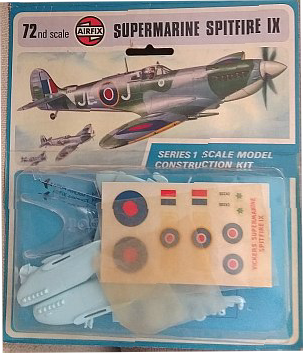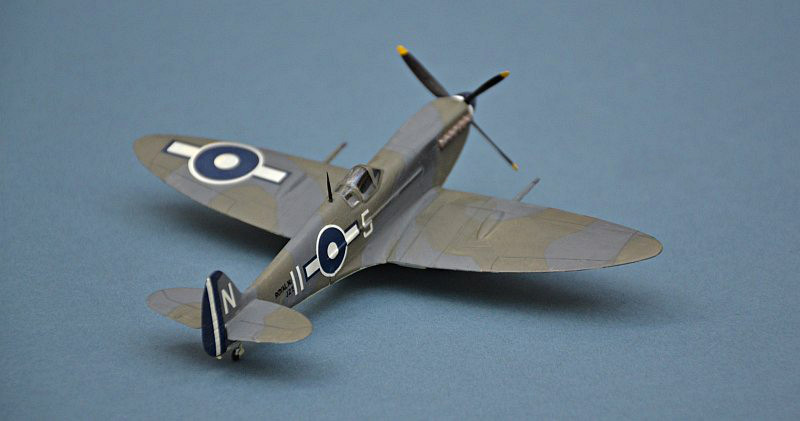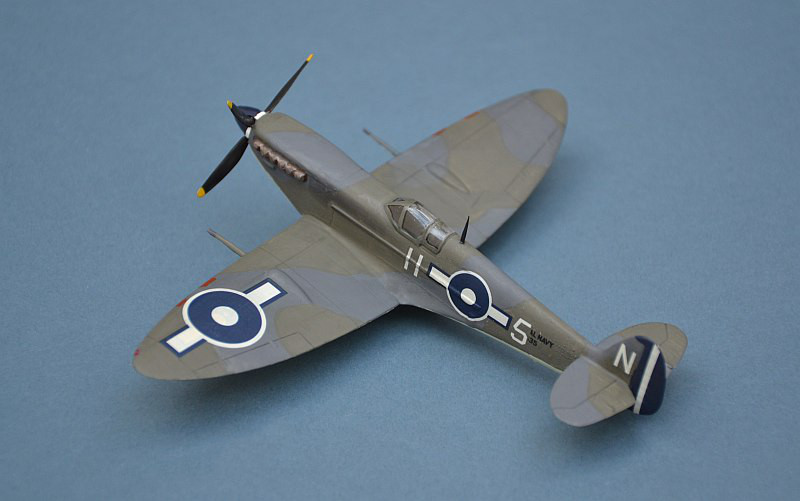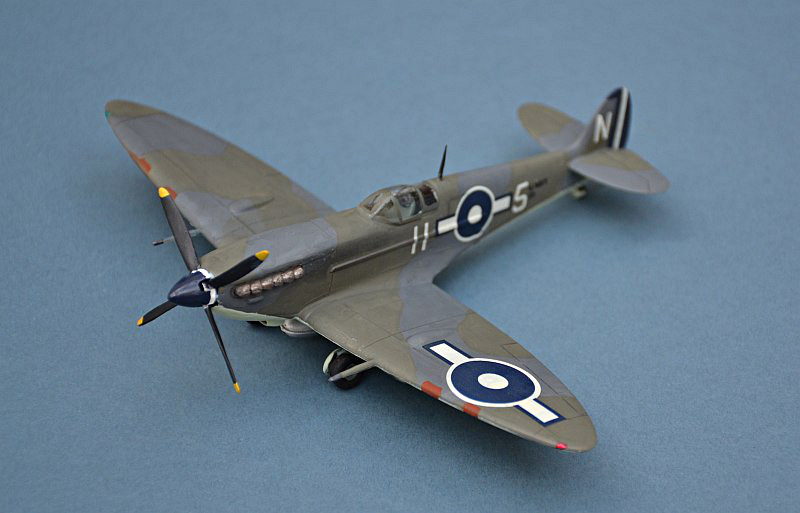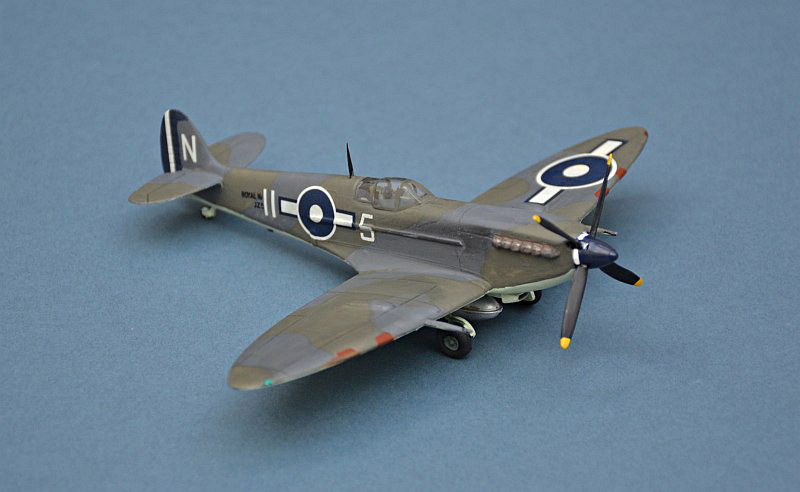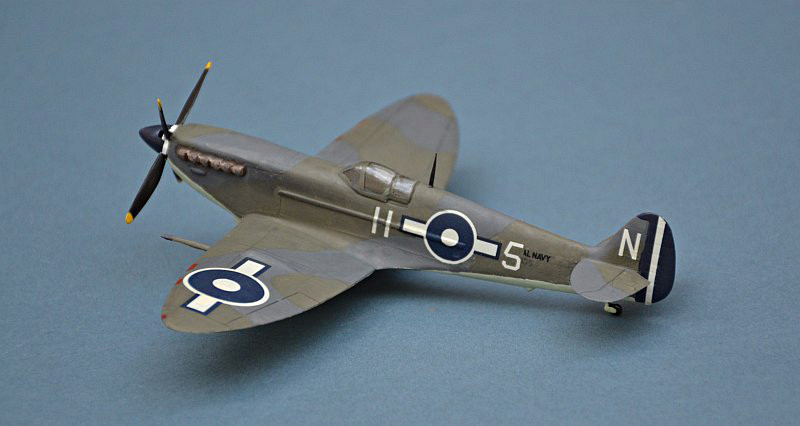August 2018
Supermarine Seafire LIII
Supermarine Seafire L.III
880 Sqn Fleet Air Arm, 8th Carrier Group, HMS IMPLACABLE
Allied Task Force 37, British Pacific Fleet Operating over Japan, July/August 1945
Aircraft of Lt Cdr Mike Crossley DSC, RN, O/C of 880 Sqn.
Jul-
Airfix Spitfire IX (1960 mould) scratch conversion 1/72
The definitive Merlin-
Production was shared between Cunliffe-
By VJ Day in 1945, 12 FAA Squadrons were flying the Seafire, all but 4 of which were equipped with the MkIII.
Arriving in the Pacific in June 1945, HMS IMPLACABLE was an improved version of the ILLUSTRIOUS Class, fitted with two hangars, one above the other to allow a far greater aircraft load to be carried, up to 81 aircraft with use of deck parking.
Unfortunately, the low deckhead height of these hangars precluded use of the high-
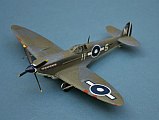
© www.gengriz.co.uk
Background Picture -
Back on my feet and at my own modellling desk this month; hopefully this is the last of the “sofa builds” !
With their usefulness limited by the Seafire’s short range, 880 managed to obtain a stock of surplus P40 teardrop shaped fuel tanks which they fitted to their Seafires. These were far more streamlined and reliable than the normal Seafire/Spitfire slipper tanks and are reputed to have improved the Seafire’s landing characteristics as well as significantly extending its range.
As a result, Seafires could be used on regular bombing escort and strafing “ramrod” missions over the Naval Base at Truk Atoll, the Japanese home islands (including over Tokyo), as well as protecting the fleet from increasingly desperate kamikaze attacks by the Japanese Naval Air Arm and Imperial Japanese Army.
In reality, this build has been as much about housekeeping as modelling; this particular
model has been sitting on my “build” shelf, taunting me since 2015 and I just had
to get rid of it, one way or another. Rather than simply add it to the landfill
bag, a bit of old-
I didn’t buy the kit deliberately; It came as part of an e-
I guess that to the un-
The overall shape is very “approximate” – its fuselage is far too square around its
engine cowling and rear underside, the fuselage sides are vertical and slab-
I’m not exaggerating or being fussy. This really is a badly miss-
So not much going for it then. The canopy is clear and fits well. Actually it doesn’t
– it’s too wide and nearly a millimetre too short. But this was the only place I
needed to use any filler, because the small number of vaguely Spitfire-
In the end, this was a very quick “looks like a Seafire” conversion, with a sprue
and plastic card hook, plastic strip fuselage strengtheners and lifting points, plus
an awful lot of sanding on the cowling and lower rear fuselage to try and get them
looking a more realistic shape. I think I managed reasonably well, although the
sides are still a little too slab-
For interest and to disguise the underside faults, I added a spare P-
Decals are from the spares box. The fuselage ones are, I think, a little too small, but the larger ones wouldn’t fit (perhaps the kit is under scale, or the fuselage is too small).
But hey, it’s a better ending for a simple kit than the landfill site!
